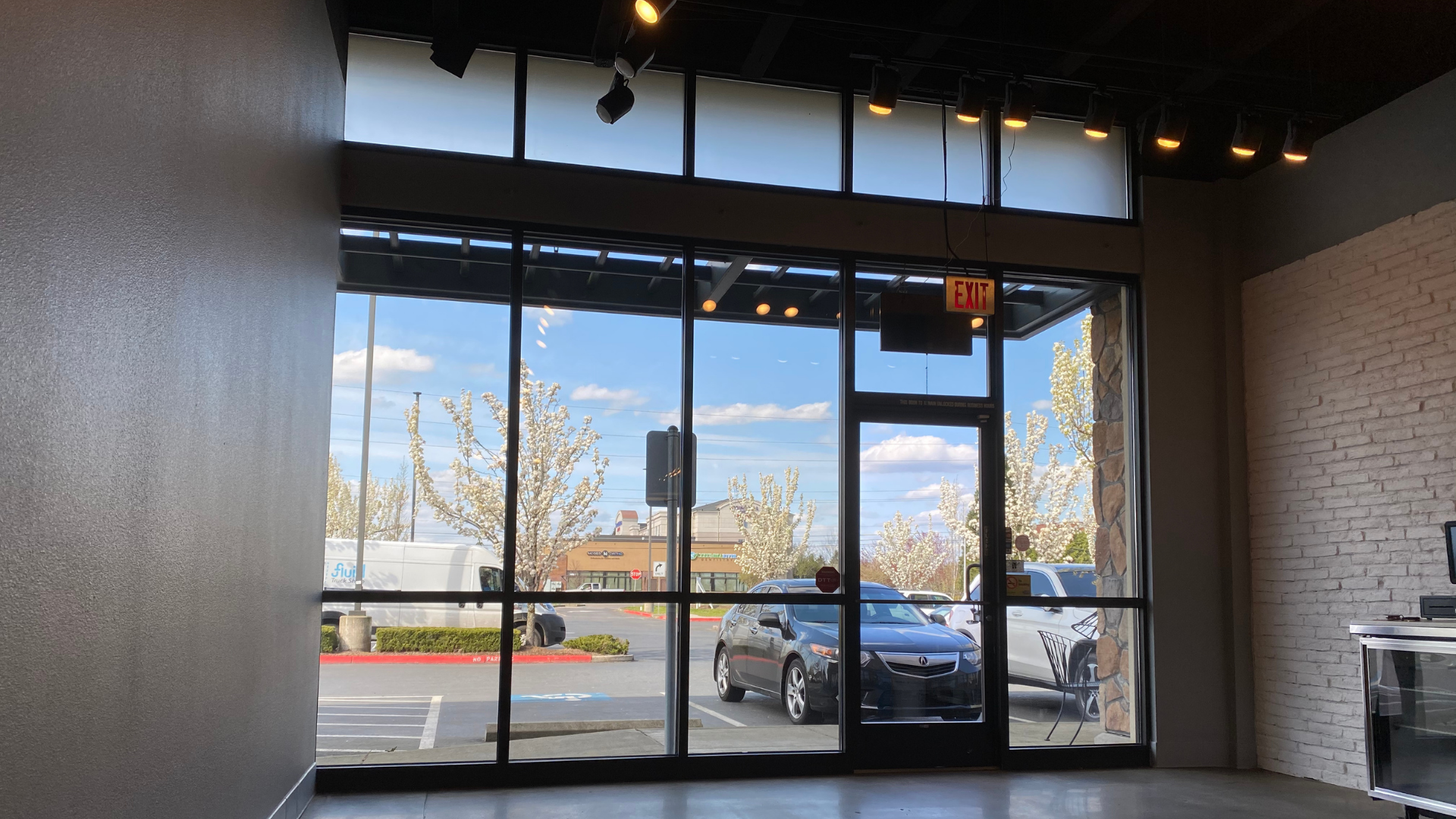When you’re looking to move your business into a retail location, there are many factors to consider when finding that perfect spot for your new shop. One factor to consider is how the available retail space will allow your business to function in the way it needs. Does the space allow you to build a working business inside the way it is, or will there need to be retail space improvements to make the space viable for your business?
Most likely, the retail space will require modifications to make the space workable for you and your business plans. So how do you go about paying for those retail space improvements? Robert Hakes Construction has some suggestions on how to cover the construction costs for those modifications and which modifications might be covered by the building owner, saving you some serious cash.
Types of Improvements Covered by Landlords
Retail space improvements, also known as build-outs or tenant improvements, refer to internal modifications that make the space usable for whatever business is moving into that location, whether it’s a retail store, office, or manufacturing location. When considering which improvements you want completed in your commercial rental space, you must understand that any modifications made to the building’s exterior are not considered a part of the tenant improvements covered by the landlord. That includes changes such as roofing improvements, elevator modifications, or even upgrades to the outside pathways to your building.
Tenant improvements are those that help make the commercial space operational for your business. For example, if a call center moves into a commercial space, lots of cubicles and phone lines will be required, or if the space is to be used for many offices, walls will need to be installed to separate each office from an open shared space. Retail stores often require a specific layout of shelving and displays, along with closed spaces for back stock and other requirements based on the business type.
Whatever the needed tenant improvements are, be sure to discuss them with your landlord prior to signing the lease. Make sure to consider construction costs as part of your business budget. Even though you can negotiate retail space improvements into your lease (more on this later), typically, the lessee lays out the money for the improvements and then presents invoices to the landlord to get reimbursed for the cost of construction.
Tenant Improvement Allowance
Once you’ve decided on a rental space for your business, the next step is to negotiate a lease agreement, and that rental agreement will need to include who pays for the retail space improvements. There are several ways the tenant improvements can be paid for. Tenant improvement allowances, or TIA for short, are pre-negotiated sums of money to cover the costs of the build-outs. Tenant improvement allowances may or may not cover all of the construction costs, and you must be ready to pay the remaining balance yourself. Tenant improvement allowances are typically negotiated as a per square foot dollar amount, where each square foot of the rental property has a dollar amount attached for the tenant improvements.
The money for construction costs is usually covered initially by the tenant, and the tenant can use the TIA to pay back the cost of the build-outs once invoices are provided to the landlord for reimbursement. Items such as furniture or fixtures are not part of the tenant improvement allowance, and the tenant will be responsible for covering the costs of those items. For more information about construction costs or to get answers to your questions about your tenant improvement project, contact Robert Hake Construction.
Discounted Rent
Some landlords prefer to provide a discount on monthly rental payments instead of negotiating a tenant improvement allowance to cover the cost of retail space improvements. Rent discounts can be negotiated in a couple of ways. Some landlords will offer free rent for several months to cover the construction costs. Sometimes a discounted rental payment for several more months can be negotiated instead. This spreads the discount over a larger number of months.
Depending on the lessee’s financial situation, one may benefit the tenant over the other. If your business construction costs aren’t a concern but covering monthly rent while paying construction costs could be an issue, then monthly rental discounts may be a better negotiation for your business.
Building Standard Allowance
The building standard allowance, also known as the build-out allowance, is a great option if your retail space improvements aren’t too complicated. With a building standard allowance, the landlord provides a package of improvements and oversees the construction.
Typically, the packages will come with flooring options, fixtures, and other basic improvements for a set price. The landlord will use their own contractors to complete the work. The tenant will pick which package options fit their business the best. Any improvements outside of the package options offered will be at the cost of the tenant.
Turnkey Improvements
Another retail space improvement option is the turnkey improvement plan. With turnkey rentals, the tenant and landlord agree to an improvement construction plan, and the landlord oversees the construction of the improvements using the landlord’s contractors. When the tenant moves in, the construction has already been completed.
The turnkey renovations option has pros and cons for the renter. The risk of receiving lower quality construction and parts could be a concern, whereas the ease of moving into the retail space without having to oversee construction could be worth any potential risk of quality concerns.
Whichever retail space improvement plan you negotiate with your future landlord, contact Robert Hakes Construction with any questions you may have about your construction plan. Our goal is to ensure you’re happy with our work.

